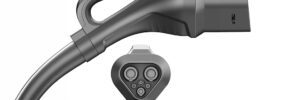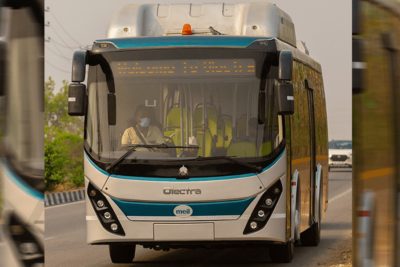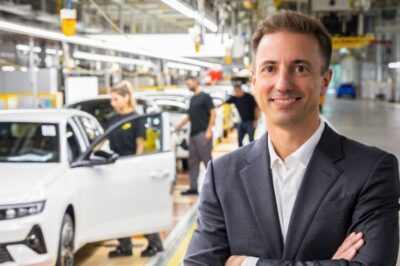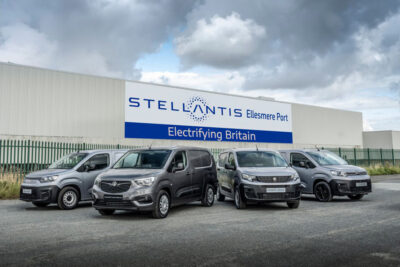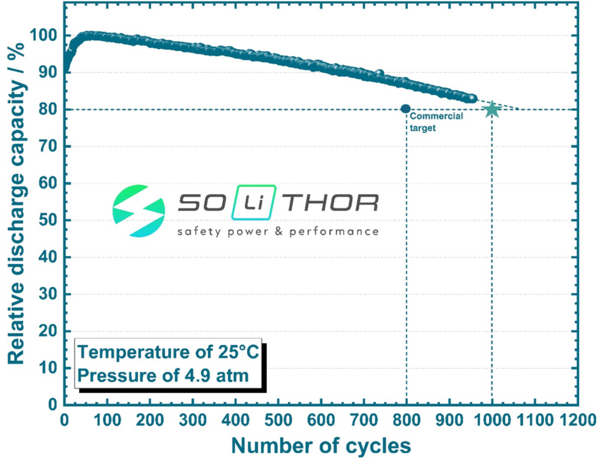For EV enthusiasts, old hippies, new hippies, and automotive aficionados alike, the 2025 Volkswagen ID Buzz is finally here, marking the triumphant return of our beloved classic bus. Yes, it took nothing short of two entire decades to finally bring this charming concept to market, but we couldn’t be more excited to get inside! So bust out your bell-bottoms, dab some patchouli, and fire up those incense sticks you’ve been stockpiling because the all-new 21st Century Kombi is finally here!
TL;DR: Volkswagen’s all-electric homage to the iconic VW Microbus merges classic nostalgia with an enticing array of modern-day upgrades, making it the freshest, newest face worth talking about in the EV world.
Design and Features
As America’s only all-electric minivan option, the ID Buzz’s design unapologetically embraces its hippy roots. With its upright front end and playful two-tone color schemes, this retro icon is sure to turn heads and pique the interests of EV lovers, petrolheads, and treehuggers alike.
Under the hood (or wherever they put the battery in these things), the ID Buzz promises to pack a lot more punch than its predecessor. No “0-60 in 5 Minutes” bumper stickers here, as 282 horsepower for the rear-wheel-drive version and 335 for the 4Motion model means this little swagger wagon should be more rocketship than minibus. Adding Volkswagen’s suite of advanced driver assistance technologies like IQ.DRIVE and Park Assist Plus with Memory Parking means you’ve got yourself a ride that even the most tech-savvy modern-day hipster would approve of. Sporting a 91-kWh battery, the rear-wheel-drive models boast an EPA-estimated range of 234 miles, while 4Motion all-wheel-drive models are rumored to be good for 231 miles. While neither of these figures provide impressive range, Volkswagen equips both models with a fast-charging lithium-ion battery system, providing users with a +75% charge in just 30 minutes using high-speed chargers.
Hats off to VW interior designers here as well. Inside, you’ll find clean lines, an expansive dash, and an exquisite blend of comfort, storage, and passenger versatility with your choice of three interior themes: dark brown, light brown, or light gray. The classic and chic interior offers just enough retro design cues to make it feel special amidst its industry-leading third-row legroom, a greenhouse-sized 67-inch panoramic glass roof, and several customizable seating arrangements, with options for either second-row bench or captain’s chairs available. In a clever nod to Volkswagen’s first bus, the all-new ID Buzz sports a pair of vintage-style sliding rear windows. Instead of rolling down, the glass simply slides back, just like the originals did. And it’s small touches like these that showcase Volkswagen’s commitment to truly capturing the fun and soul of the original transporter we all know and love. Up front, a 5.3-inch digital cluster and a 12.9-inch infotainment system promise to deliver an enjoyable, seamlessly connected driving experience, especially when paired with the optional 14-speaker Harman Kardon audio package upgrade.
Need more space? Remove the third-row seats and you’ve netted yourself an insane 145.5 cubic feet of party, camping, or pet transporting space, making it perfect for everything from family outings to weekend getaways. Will it have 17, 18, 19 cup holders? We have no idea, but we’d certainly love to see some Westfalia-type companies get ahold of these things for some inspirational high-tech camper conversions, especially in the AWD variants. (We love our vintage Syncro Camper Buses!)
The bad news? It’s definitely the price…
Rolling into dealerships just in time for this year’s Christmakwanzika, the new ID Buzz starts at an eye-watering price of $59,995. At this kind of ask, VW’s transporter can’t really call itself “The People’s Wagon” anymore. And considering the version you really want is going to be the AWD model, expect to drop closer to $68,000 for this enticing little delight. That said, and similar to other launches of retro icons, you can still expect demand to outstrip supply; after all, there’s plenty of man-bun-wearing hipsters out there looking to carve out their social niche. And to be honest, there are probably worse ways to spend seventy grand, but with greedy dealers endlessly trying to cash in on our nostalgia (see your local, friendly Nissan Z dealer for more details), Volkswagen has promised to curb any dealer price gouging. We’ll have to wait and see how that pans out, but it would be nice to not have to pay over MSRP to get your hands on this one.
The 2025 Volkswagen ID Buzz is more than just a new electric vehicle; it’s a revival of a classic vehicle and an equally classic lifestyle that resonates with a whole new generation of drivers while simultaneously bridging the gap with those of us who were around the first time, helping put the original Volkswagen Bus on the map. This new rendition promises to strike a balance between nostalgic appeal and real-world functionality, and while it might not be the perfect vehicle for everyone, it’s sure to capture the hearts of those who appreciate its clever blend of history, innovation, and general functionality.
We’re just glad this thing really finally happened…
Peace!
